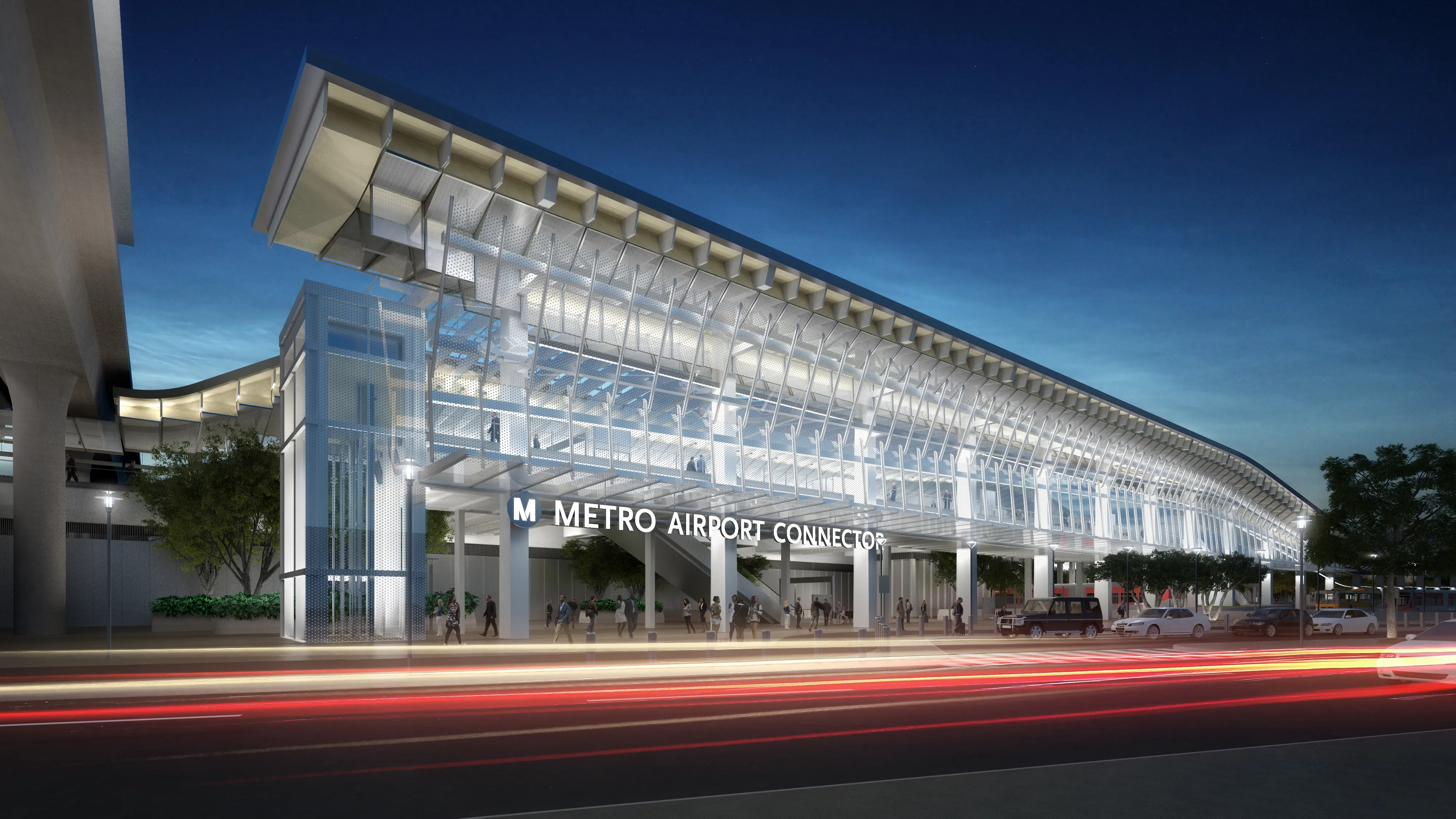Brazil's national development bank BNDES has earmarked US$15.2bn for urban mobility works in the metropolitan regions of São Paulo and Rio de Janeiro from 2015-18.
The works include the construction of metro, monorail, bus rapid transit (BRT) and light rail transit (LRT) systems. The investments are part of urban mobility projects planned by the federal government under its growth acceleration plan, many of which will be carried out through public-private partnerships.
Approximately US$10 billion is e
January 26, 2015
Read time: 2 mins
Brazil's national development bank BNDES has earmarked US$15.2bn for urban mobility works in the metropolitan regions of São Paulo and Rio de Janeiro from 2015-18.
The works include the construction of metro, monorail, bus rapid transit (BRT) and light rail transit (LRT) systems. The investments are part of urban mobility projects planned by the federal government under its growth acceleration plan, many of which will be carried out through public-private partnerships.
Approximately US$10 billion is earmarked for the São Paulo region with most of it going to the city's metro company CMSP, which is building 57 kilometres of monorails. The projects are part of the city's plan to double the metro network to 163 kilometres from 75 kilometres within the next ten years. The financing will be used to buy 74 monorail cars and 49 subway cars for CMSP, as well as 65 urban train cars for São Paulo metro company CPTM.
In Rio de Janiero, a total of US$5 billion is being used to finance six, two of which are the construction of metro line No. 4 and line No. 3, which will probably be a monorail. The LRT in downtown Rio and the Transcarioca, Transolímpica and Transbrasil BRTs are also receiving funds.
The works include the construction of metro, monorail, bus rapid transit (BRT) and light rail transit (LRT) systems. The investments are part of urban mobility projects planned by the federal government under its growth acceleration plan, many of which will be carried out through public-private partnerships.
Approximately US$10 billion is earmarked for the São Paulo region with most of it going to the city's metro company CMSP, which is building 57 kilometres of monorails. The projects are part of the city's plan to double the metro network to 163 kilometres from 75 kilometres within the next ten years. The financing will be used to buy 74 monorail cars and 49 subway cars for CMSP, as well as 65 urban train cars for São Paulo metro company CPTM.
In Rio de Janiero, a total of US$5 billion is being used to finance six, two of which are the construction of metro line No. 4 and line No. 3, which will probably be a monorail. The LRT in downtown Rio and the Transcarioca, Transolímpica and Transbrasil BRTs are also receiving funds.









